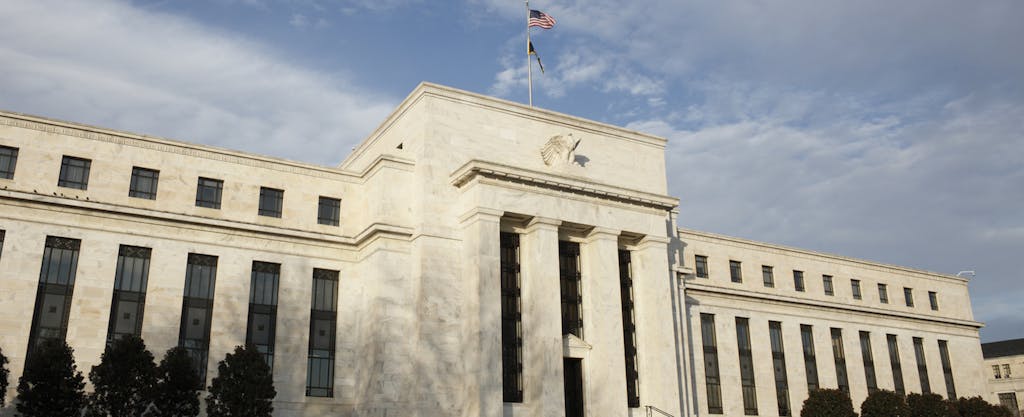In a Nutshell
The prime rate is a guiding interest rate that lenders reference when they set interest rates for consumers on things like credit cards, loans or mortgages. The current prime rate is 8.0%.The prime rate is a base interest rate that plays an important role in determining lending rates that many banks and other lenders charge consumers.
As of October 2024, the current prime rate is 8.0%, according to The Wall Street Journal. Learn more about the prime rate and how it can affect your personal finances.
- What is the prime rate, and why is it important?
- Who sets the prime rate?
- When can the prime rate change?
What is the prime rate, and why is it important?
The prime rate acts as a starting point for interest rates to be set on financial products like credit cards, auto loans, personal loans and mortgages. Lenders look to the prime rate to decide what interest rates to set for consumers.
The prime rate also can have a big impact on your existing loans that have variable interest rates, like adjustable-rate mortgages and many credit cards. For example, if your credit card has a variable APR, or you have an adjustable-rate mortgage, it’s likely your rate will fluctuate along with the prime rate.
So if the prime rate goes up, it’s more than likely that variable APR on your credit card will, too. And in the case of a mortgage, when the prime rate goes down, it could be time to consider refinancing your mortgage to get a better rate.
FAST FACTS
What is the difference between fixed and variable APR?
A fixed APR is an interest rate that will remain the same while a variable APR can change. A variable APR can go up or down based on an index interest rate, usually the prime rate.
Who sets the prime rate?
The Federal Open Market Committee is one part of the Federal Reserve System (also known as “the Fed”), which is the central bank for the United States. The FOMC meets eight times a year to set monetary policy, including setting what’s called the federal funds rate. This is the rate that the Fed thinks is a healthy target rate for U.S. banks to lend money to one another.
Banks routinely borrow from each other to keep up required cash reserves, and they take their cues from the federal funds rate in deciding what interest to charge.
The Wall Street Journal then surveys the largest of those banks for the rate that most of them charge one another — typically it’s the federal funds target rate plus about 3% — and publishes this consensus rate as the prime rate.
When can the prime rate change?
Because the prime rate is tied to the federal funds rate, the prime rate can change when the federal funds rate changes. Typically, this would happen during one of the FOMC’s regular meetings — but the FOMC can also call for change outside of that meeting schedule in times of economic crisis.
The chart below shows the history of the prime rate and how it has changed in sync with changes to the federal funds rate.
 Image: federal-funds-rate-vs-prime-rate
Image: federal-funds-rate-vs-prime-rateEvents like the recession in 2008 led to a lower federal funds rate — and a lower prime rate, too. And as the economy recovered and the federal funds rate rose, the prime rate also rose.
Right now, the prime rate is 8.0%.
What’s next?
When the prime rate shifts, it affects the lending environment — and it has an impact on how much consumers pay in interest for the money they borrow.
Keeping an eye on the prime rate and understanding how it can affect the interest rates you pay can empower you as a consumer, helping you figure out where things may be headed.


